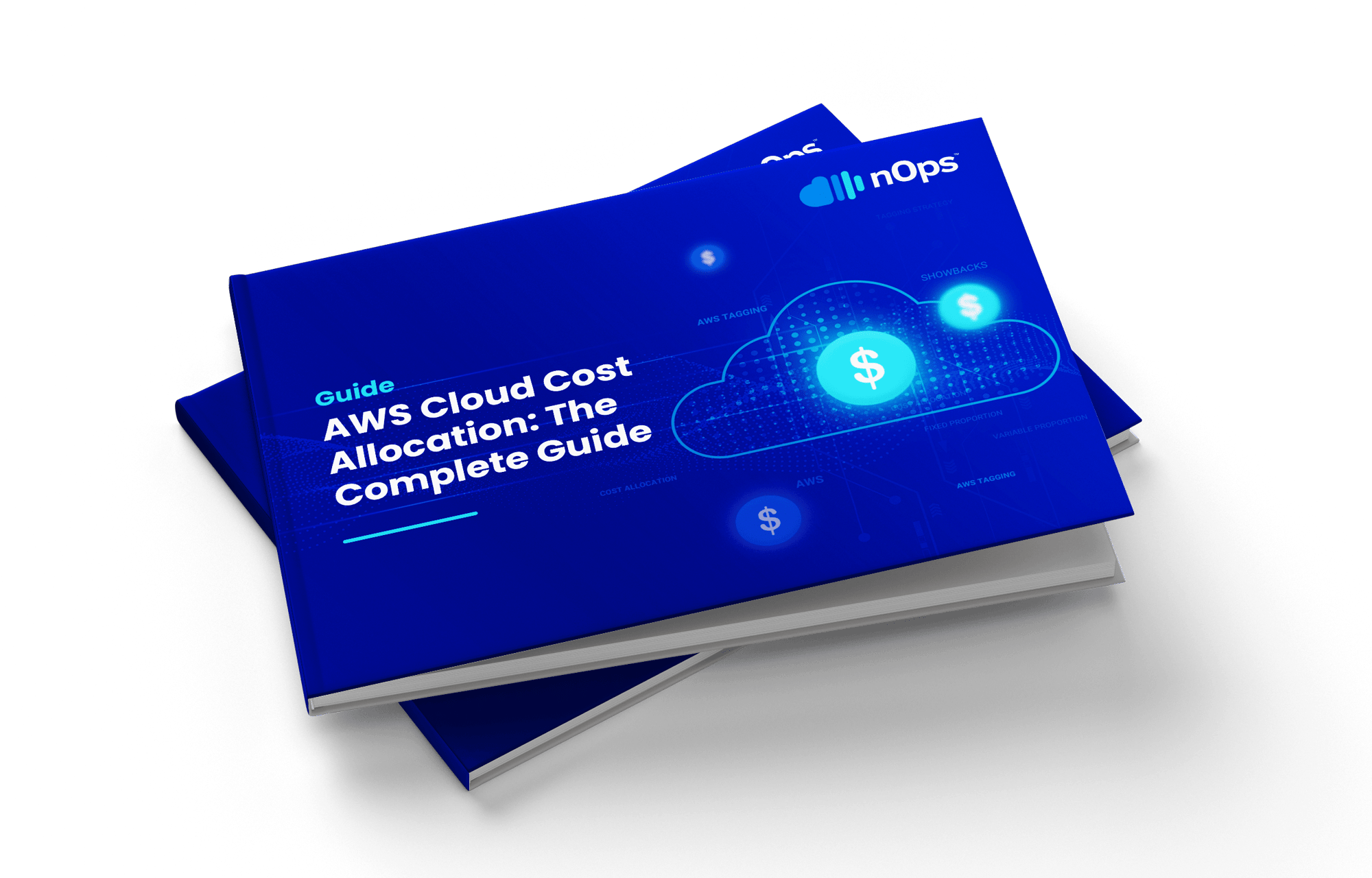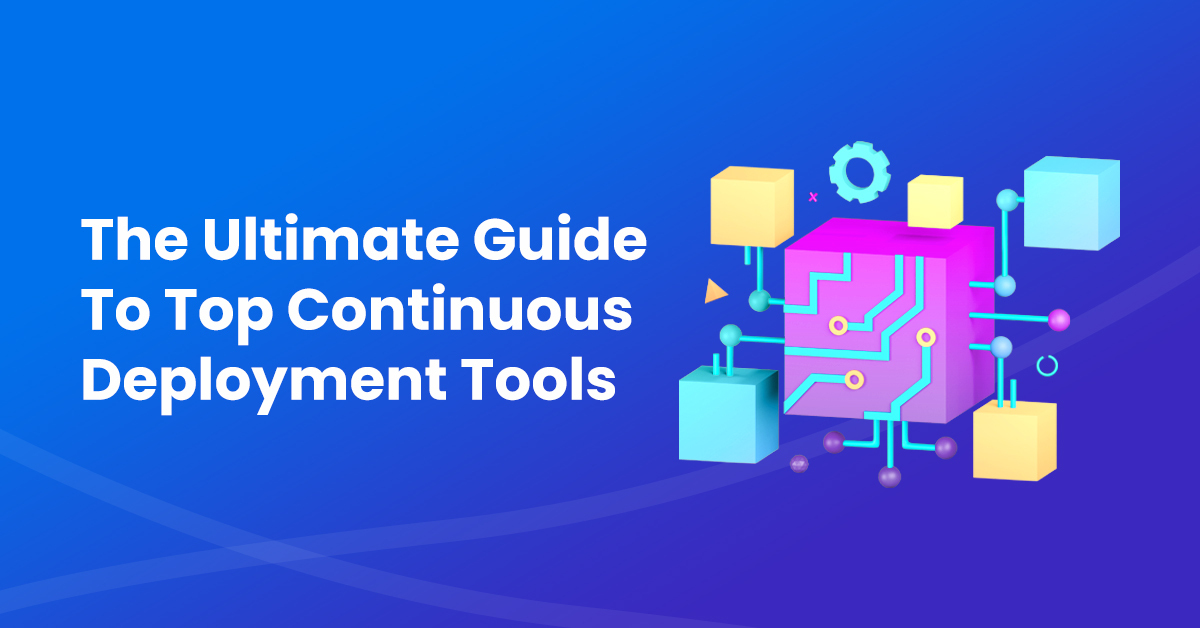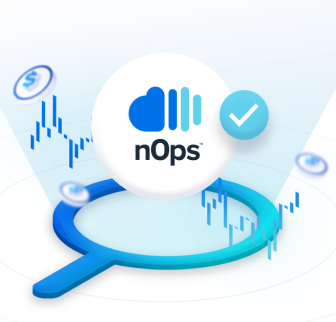Continuous Deployment is a powerful practice for rapidly releasing code changes without manual intervention. It enables teams to respond quickly to customer feedback and rapidly deploy fixes, new features, and enhancements. This guide will explore some of the most popular Continuous Deployment tools available, including their features and benefits.
We’ll also discuss the best practices for implementing Continuous Deployment so that you can make the most of it in your organization. By the end of this guide, you’ll have a better understanding of Continuous Deployment and the tools available to help you implement it. So let’s get started!
What is Continuous Deployment?
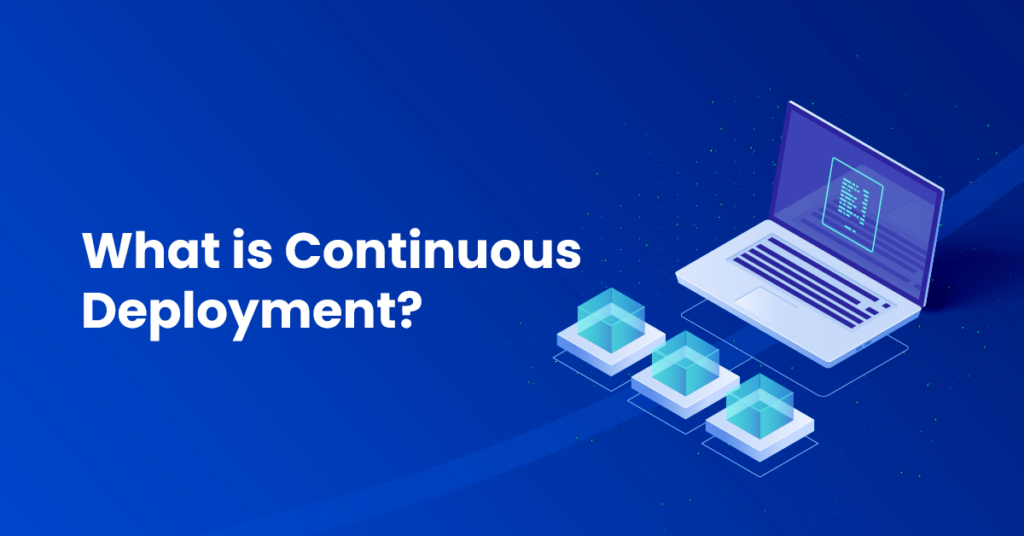
Continuous Deployment is a vital tool for modern software development and Deployment. It is the process of automatically releasing code changes to production without manual intervention or downtime. Continuous Deployment enables teams to deploy new features quickly and consistently, allowing for faster innovation and better customer experience.
It is a form of continuous delivery and includes automated tests, deployment pipelines, and other automation tools. Continuous Deployment offers several benefits, such as faster time to market, fewer manual errors, and improved customer experience. It also allows for more frequent and reliable releases, improved application performance, and better collaboration between development and operations.
What are the Benefits of Continuous Deployment?
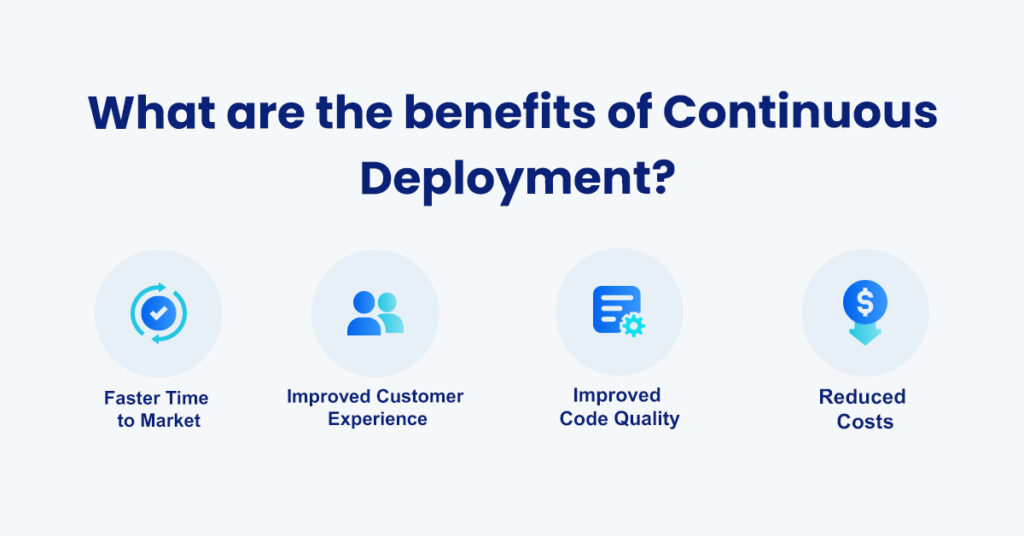
Continuous Deployment has numerous benefits for organizations, including:
-
- Faster Time to Market
Continuous Deployment enables developers to quickly and easily deploy new features, bug fixes, and updates, meaning they can get their software to market faster than ever before. With continuous Deployment, developers can quickly and easily make changes to their software and immediately deploy them. This reduces the time it takes to market a new product or feature, giving businesses a competitive edge.
- Faster Time to Market
-
- Improved Customer Experience
Continuous Deployment also improves the customer experience. When software is launched more quickly, customers have faster access to new features and bug fixes. This can result in a better user experience, as customers will be able to access the latest features and bug fixes more quickly. Additionally, customers will be more likely to use the software if they know it is regularly updated and new features are added regularly
-
Improved Code Quality
Continuous Deployment also helps improve code quality. By deploying code more frequently, developers are able to identify and fix bugs before they become significant issues quickly. This helps ensure that the code is high quality and works as expected. Additionally, continuous Deployment helps ensure that the code is always up-to-date, which can help prevent security vulnerabilities. -
Reduced Costs
Continuous Deployment can also help reduce costs. By deploying code more quickly and easily, developers can focus their efforts on other tasks instead of manually deploying software. This can result in cost savings, as developers can get more done quickly. Additionally, by rapidly identifying and fixing bugs, businesses can avoid costly downtime and lost revenue.
- Improved Customer Experience
AWS Cloud Cost Allocation: The Complete Guide
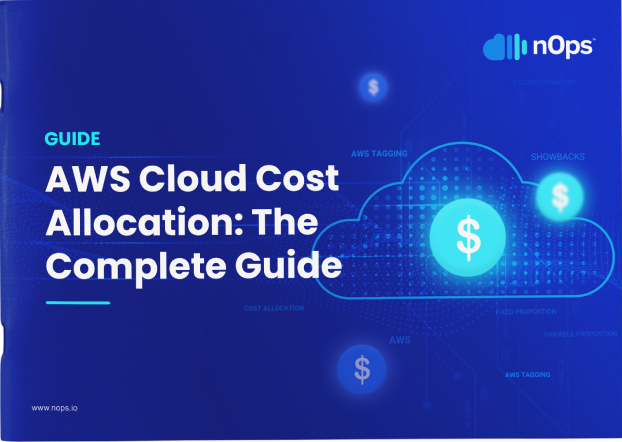
Top Continuous Deployment Tools Your Business Needs
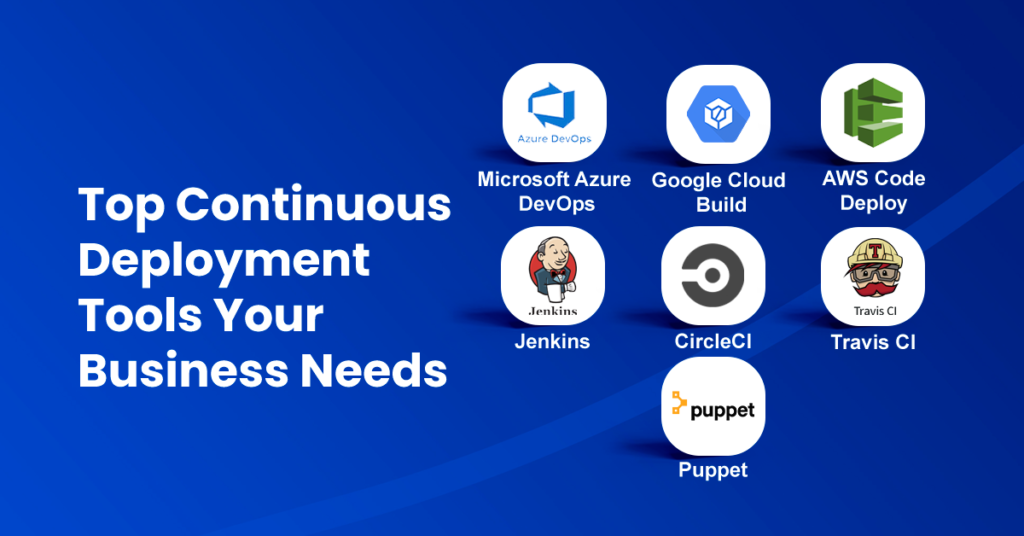
1. Microsoft Azure DevOps
Microsoft Azure DevOps is a set of services that provide an end-to-end solution for developing and deploying applications on the Microsoft Azure cloud platform. It combines the power of Azure with the flexibility of DevOps, allowing teams to create, manage, and deploy applications with agility and speed. It provides a robust set of tools for continuous integration, continuous delivery, and automation, allowing teams to develop and deploy applications quickly. It also supports collaboration and communication between teams and stakeholders, making it easy to manage projects and ensure successful delivery.
2. Google Cloud Build
Google Cloud Build is a continuous integration and continuous delivery (CI/CD) platform from Google Cloud Platform (GCP). It automates the building, testing, and deploying of software, making it easier for developers to release code changes to production quickly. It supports various languages, build environments, and runtimes and integrates with other GCP services such as App Engine, Cloud Storage, BigQuery, and Cloud Spanner.
3. AWS CodeDeploy
AWS CodeDeploy is an Amazon Web Services (AWS) service that automates software deployments to Amazon EC2 instances, on-premises instances, serverless Lambda functions, or Amazon ECS services. It automates application deployments to Amazon EC2 instances, on-premises hosts, or serverless Lambda functions. It includes features such as automatic validation of the deployment configuration, automatic rollback on failed deployments, and integration with AWS services such as Amazon CloudWatch and Amazon CloudFormation. CodeDeploy can also be used to create and manage blue/green deployments.
4. Jenkins
Jenkins is an open-source automation server for continuous integration and delivery in DevOps. It automates repetitive tasks from building, testing, and deploying software. It helps developers quickly and easily create, test, and deploy their code. Jenkins is a popular tool for automating software development and operations tasks, and many organizations use it to streamline their software delivery process. It is highly scalable and supports multiple plugins, allowing users to customize their deployment process.
5. CircleCI
CircleCI DevOps is a suite of continuous integration and delivery (CI/CD) tools designed to help develop, test, and deploy software quickly and reliably. It provides a comprehensive platform that automates the processes of building, testing, and deploying software, allowing developers to focus on creating the best product possible. It also offers a rich set of features, such as support for multiple languages, on-premises or cloud-based platforms, and collaboration tools.
6. Travis CI
Travis CI is a continuous integration and delivery service that allows developers to quickly and easily test and deploy code changes. Developers use it to automate the process of testing, building, and deploying code.
7.Puppet
Puppet is an open-source configuration management tool that allows developers to configure and deploy applications automatically. It is designed to be used in both cloud-based and on-premises environments and supports multiple languages and frameworks.
How can nOps help with faster and more efficient Deployment?
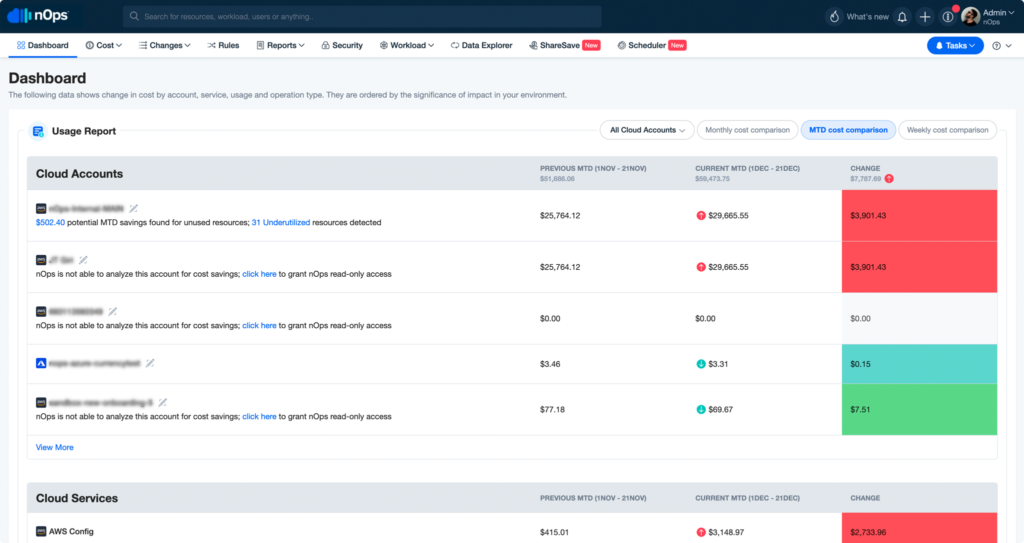
Continuous Deployment is a powerful tool that can help businesses improve their software development process. And the above-mentioned deployment tools can be game-changers for companies. However, losing sight of your CI/CD pipeline and the associated costs can cause a drastic rise in your business cost structure. As a result, businesses tend to get stuck in deep debt due to cloud bills. And, to save you from all the headaches here, nOps helps you with a robust cloud cost optimization tool to consistently monitor, manage and optimize the CI/CD integrations.
With nOps ShareSave, you can consolidate cloud accounts into a single pricing model and offer ongoing visibility to change requests. This helps you efficiently manage cloud costs and save more money. Plus, with nOps Cloud Cost Optimization, you can save more by centralizing cloud accounts into a consolidated billing model, providing instant and continuous visibility to change requests and delta to your infrastructure that cause cost, and giving you the best root cause analysis capabilities available anywhere.
